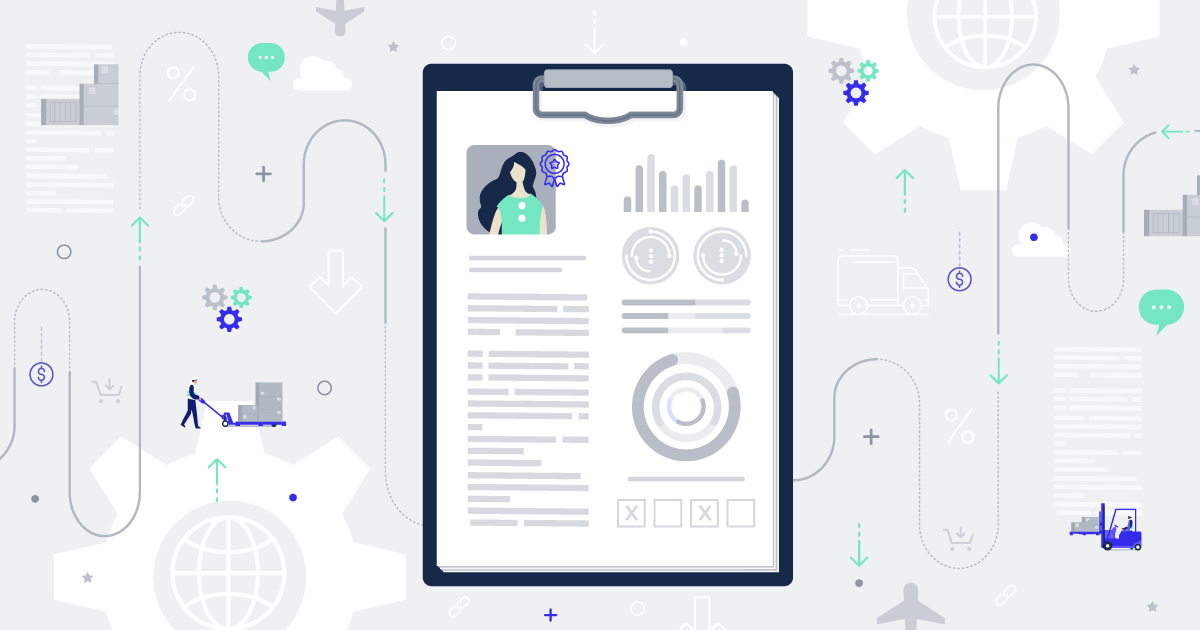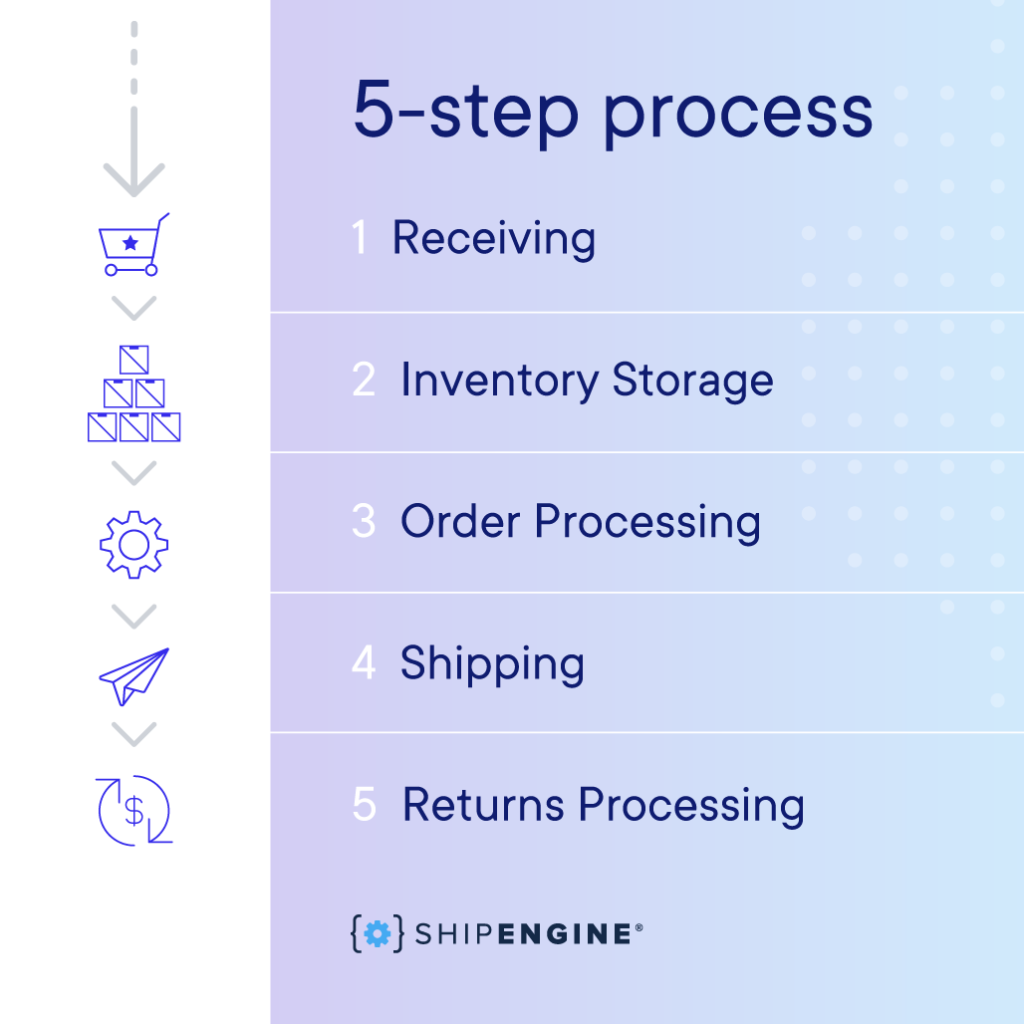
As the Wall Street Journal once wrote, “Alongside life, liberty and the pursuit of happiness, you can now add another inalienable right: two-day shipping on practically everything.”
The standard for customer service starts with delivering a product promptly and accurately. Based on the number of US postal trucks making deliveries on Christmas Eve last year—stuffed to the brim with Amazon boxes—Jeff Bezos has practically won the equivalent of the e-commerce Super Bowl. In fact, he has changed the game for everyone, B2B and B2C. B2B buyers are accustomed to their B2C-style experience (same-day shipping anyone?) and therefore expect the same treatment when placing B2B orders.
It has become increasingly clear that the more e-commerce grows, the higher customer expectations get. Order fulfillment is the key to selling online—it’s just getting faster, cheaper, more high-tech, and harder to keep up. So, where do you even begin?
The Secret to Success: Establishing One Customer Record
You’ve likely heard that you can achieve this Amazon-level of service if you are “customer-centric.” Many think customer-centricity means putting the customer at the center of your business and providing amazing service. Well, anyone can do that. Plumbers claim to provide amazing service. It’s usually painted boldly on the side of their vans.
But, what if we told you that customer-centricity isn’t really about the customer? It’s actually about the customer record.
Whether you sell food in your local area or pallets of shingles to big box stores across the country, great customer service starts with your company organizing around the customer record. When you organize around a single customer record, you can see the big picture and every piece of information needed to fulfill orders. This customer record becomes your one-stop shop—one that accurately gives you what you need to deliver today’s order and predict tomorrow’s inventory needs.
Business owners can use this customer information to study trends that will help them gain more customers and streamline their operations for success. Imagine an automated inventory control system that allows you to add, edit, delete, and transfer inventory in real-time. Or analytics and business intelligence software with real-time dashboards and reports. Now imagine combining all of that together into one powerful platform, fed by the customer record. By enabling your employees to access all this information using one central dashboard, your company can make faster and more strategic decisions to meet your customers’ needs.
The Customer Record in Action
Anyone who runs an e-commerce business knows there are many moving parts to fulfillment—and that each step of the order fulfillment workflow includes specific, detailed steps. At the core, it’s a 5-step process that looks like this:
- Receiving
- Inventory Storage
- Order Processing
- Shipping
- Returns Processing
When you are are customer-centric, the customer record coordinates these processes. Processes align and gaps disappear because they are all directed by this single point of truth. It also eliminates the need to enter and re-enter information. Capture it once, store it in the customer record, and then let that record do most of the work.
So, the value of customer centricity really shows up operationally; letting the customer record be the guide to join and streamline the processes. This is the key ingredient to Amazon’s success formula. The end result is immediate delivery and intuitive product recommendations, but it begins with streamlined operations and keen business intelligence—both of which come directly from the customer record.

So, How Do You Begin to Compete with Amazon’s Order Fulfillment Process?
Amazon has set the e-commerce bar high, which means that customers expect (and even demand) accurate tracking of their shipments and constant communication. The purchasing journey has to be smooth, reassuring, and secure. So, instead of entering an order at POS, fulfilling it through another system, and then shipping it using a third system, companies need to minimize gaps and mistakes by streamlining everything and connecting it to one customer record.
This also ensures your data is accurate for billing, payments, and returns. No doubt, many of us can tell stories of great e-commerce experiences that were ruined by inaccuracies with billing or an onerous return process.
The good news is: e-commerce is going to experience ever-increasing growth. The challenge is: expectations on delivery are ever-increasing, too.
To ensure that you capitalize on the boom, be sure to execute a thoughtful strategy that includes modern, connected technologies and data that quickly and efficiently drive decisions that keep your brand ahead of the competition, while keeping your customer front and center.



Leave a Reply